“Georgia is in the forefront of the nation because the Get Georgia Reading Campaign utilizes the latest and greatest research on how to change trajectories for lifelong learning and development. By looking holistically at children’s family support, language, physical and mental well-being, learning climate, and literacy instruction, we can create sustainable locally driven partnerships that are supported by state-of-the-art technology and coordinated resources. The GaDOE is seeking to offer a holistic education for all children in the state. This holistic perspective values each and every child as a human and as a learner. The Get Georgia Reading Campaign pulls these ideals together and creates an impetus for wraparound services that will get every child reading.”
Richard Woods, State Superintendent
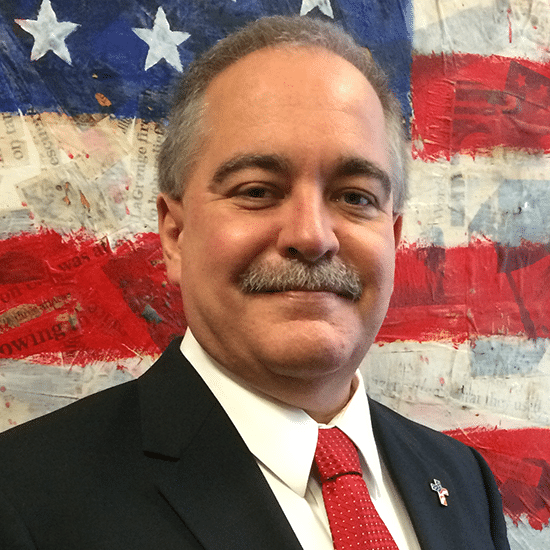
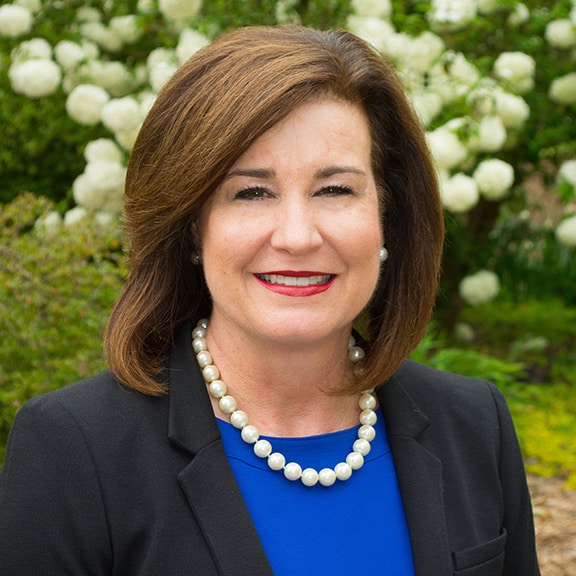
“Access to good nutrition, specifically through quality school meals and food-based learning opportunities, supports student achievement. The lifelong impact of the Get Georgia Reading Campaign for Georgia’s learners and their future achievement is significant for our state.”
Linette Dodson, State Director, School Nutrition Program
“The most important thing we can do is to give children the tools they need to succeed. The Get Georgia Reading Campaign helps us do that by providing education leaders with the opportunity to align and collaborate with a wide range of other stakeholders who are committed to supporting children’s development and success. We are working across boundaries and learning with and from each other. When you do that, you have a stronger, healthier, and more successful state.”
Helen Rice, Third Congressional District, Georgia State Board of Education
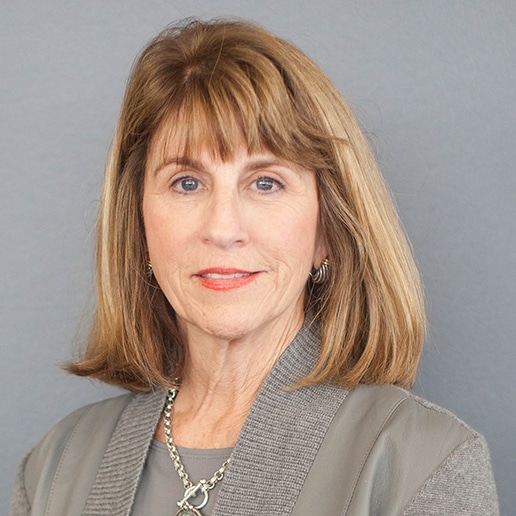
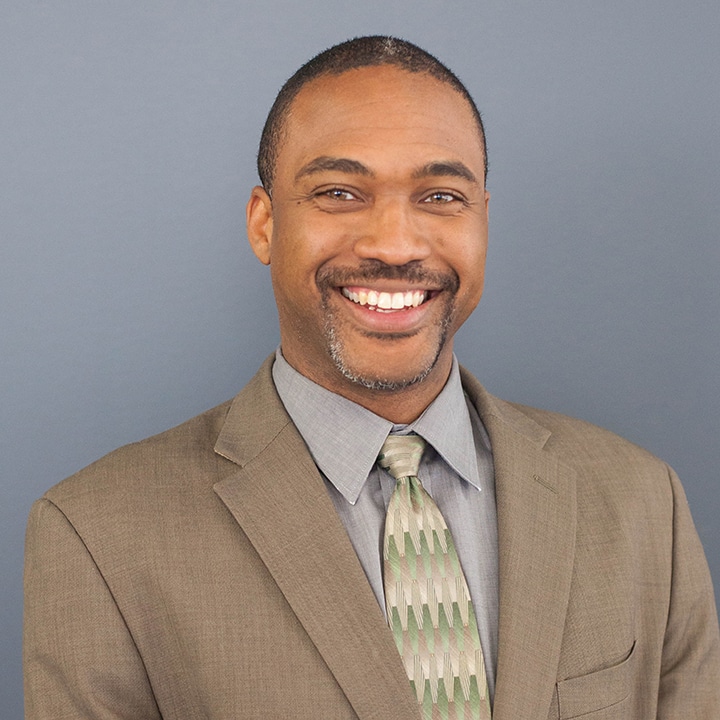
“I work in school improvement and professional learning and much of that deals with literacy. I’ve seen a lot of literacy-focused strategies over the years, but what really excites me about the Get Georgia Reading Campaign is its solutions-focused, epidemiological approach that pushes us to investigate new areas and promotes new conversations exploring what the science is telling us about what it takes to support the whole child in achieving early literacy.”
Kenneth Mason, Fifth Congressional District, Georgia State Board of Education
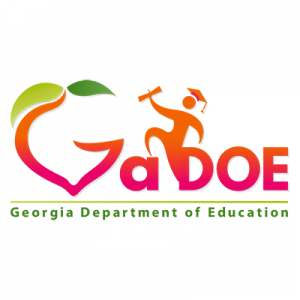
The Georgia Department of Education (GaDOE) has adopted the Get Georgia Reading Campaign’s four-pillar framework for connecting the state’s districts and communities with resources and high-quality instruction. Schools, communities, and families can come together to meet their mission: “Educating Georgia’s future by graduating students who are ready to learn, ready to live, and ready to lead.”
The GaDOE’s strategic plan includes specific measurable outcomes and deliverables that relate to third-grade reading including:
- increasing the percentage of third graders achieving a Lexile measure equal to or greater than 650,
- developing a statewide literacy plan,
- developing a plan to match the purpose of professional learning to intended outcomes, including outcomes related to literacy instruction,
- increasing the percentage of third graders scoring at Proficient Learner or Distinguished Learner levels on the Georgia Milestones Reading Assessment, and
- increasing the number of schools with a safe, healthy, and positive learning climate.
The four pillars have been adopted by the GaDOE to drive its strategic plan; guide evaluation of implementation measures; link each division within the department in order to operationalize the interconnectivity of its work in a manner that keeps the focus on supporting schools, teachers, leaders, and parents; and provide a platform that allows the evolution of a dynamic strategic plan that’s clear enough to be understood, strong enough to be effective, and agile enough to adopt to changes that are necessary to sustain progress that’s ultimately measured by student success and students’ opportunities for a quality of life that is productive, secure, safe, and rewarding.
The GaDOE has an internal task force committed to reviewing elements of the statewide literacy plan quarterly, and they are using it to leverage cross-divisional resources to shape their work to promote literacy. The department is also working across state agencies to coordinate efforts and ensure policies and programs are designed with literacy development in mind.
Promoting a positive school climate is a major element of their strategic plan. When students feel secure in their schools and develop positive relationships with the adults who teach and care for them, they want to attend school and can better focus on learning in the classroom. Teachers also benefit with research showing that as school climate improves, teacher retention and job satisfaction increase.
The GaDOE is working with our Campaign to engage communities and districts across the state in conversations about what the pillars mean and how they can utilize supports made possible through the combined efforts of multiple state agencies to apply the four pillars to spur literacy improvements.
They also provide guidance to more than 600 schools across the state to help them identify positive elements of their school’s climate as well as elements that might be compromising it. The School Climate Star Rating, based on student, parent, and teacher feedback as well as student discipline and attendance data, is a valuable diagnostic tool that schools can use to strengthen their improvement plans and through which Positive Behavioral Interventions and Supports (PBIS) can provide a framework for sustainable change. Helping schools promote positive learning climates has become a core function of the GaDOE and is tied directly to core functions that aim to improve academic outcomes for students.
Listen to Dr. Caitlin Dooley speak about what we should see and hear in classrooms when there’s good instruction—and one strategy we can use to help teachers get to that point.
To learn more about GaDOE, visit their website.
